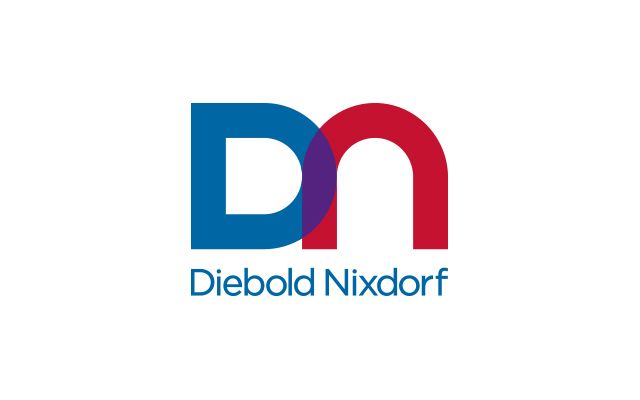CCNA 2 Module
Dynamic routing essentials
CCNA 2 Module
Dynamic routing essentials
CCNA2: Dynamic Routing Fundamentals is the second out of four levels that network professionals can take to prepare for the Cisco Certified Network Associate (CCNA) exam.
The main topic of the CCNA2 module is the issue of dynamic routing in computer networks. Participants will receive an overview of internal routing protocols such as RIPv2, EIGRP and OSPF. Each of the protocols is discussed in depth - from the basic working principles in the network to configuration. Consideration is also given to the basic concepts of routing redistribution. The scope of the module's topics is closed by DHCP and NAT services.
Module CCNA2 is momentarily available only as a part of ICND1 package or in Composite module.
Day form (online):
MON - FRI from 08:00 AM to 4:00 PM
(min. number of participants: 4)
Distant form (online):
MON - FRI from 04:00 PM to 8:00 PM
Saturday from 8:00 AM to 4:00 PM
(min. number of participants: 4)
Prerequisites for training
For successful completion of this course, module CCNA1 is required to be completed or at least have knowledge and skills at its level.
Course objectives
The objective of the course is for the graduate, after its successful completion, to be able to:
- Describe the basic properties and purpose of dynamic routing protocols.
- Configure and troubleshoot internal dynamic routing protocols RIPv2, EIGRP and OSPF.
- Describe the purpose of standard access lists in network address translation process – NAT.
- Configure and troubleshoot standard access lists.
- Explain the operation of the DHCP service.
- Configure and troubleshoot DHCP service.
- Explain the operating principle of the NAT process.
- Configure and troubleshoot NAT.
- Describe the foundation of redistribution in routing.
- Manage basic configuration of route redistribution.
Benefits of the study
- Access to study materials in electronic form 24/7
- Study materials are available in slovak and english mutation
- Access to electronic book (e-book)
- Online access to the state of the art labs on real Cisco devices 24/7
- Online access to many state of the art exercises in Cisco Packet Tracer network simulator
- Option to graduate in Cisco Networking Academy Program free of charge
- Option to obtain internationally recognized certificates from Cisco
- Option to obtain reference letter from Cisco
- Option to lend computer hardware for free during the study
- Option of individual consultations with a lecturer beyond the scope of the study
Course overview
Chapter 1: Introduction to dynamic routing, routing protocol RIP
- Characteristics of functions and use of dynamic routing protocols in the network.
- Algorithm and its meaning in dynamic routing.
- Classification of routing protocols into internal and external routing protocols.
- Comparison of older classful and newer classless routing protocols.
- Categorization of protocols into distance-vector and link-state with their comparison.
- A closer look at distance-vector protocols (working principle, prevention of routing loops, discovery of remote networks).
- Administrative distance and its importance in determining the best paths to remote networks.
- RIP protocol: working principle, comparison of versions 1 and 2.
- Explanation of the differences between automatic and manual summarization.
- RIPv2 configuration and troubleshooting.
- DHCP protocol, purpose in the network.
- Characteristics of DHCP server communication with DHCP client.
- DHCP Relay agent.
- DHCP configuration and troubleshooting.
- Floating static routes in redundant topology.
Chapter 2: EIGRP
- Description of basic properties and differences between other routing protocols.
- Explanation of terms: Successor, Feasible Successor, Feasible Distance and Feasibility Condition.
- EIGRP loop-free guarantee operation explained.
- Description of working databases necessary for EIGRP operation.
- Description of packets: hello, query, reply, acknowledgment.
- Detailed analysis of the operation of the DUAL algorithm when searching for alternative paths.
- Explanation of unequal cost load balancing.
- Adjustment of the metric for route preference.
- EIGRP stub, an addition to the stability of the EIGRP topology.
- EIGRP configuration and troubleshooting.
Chapter 3: OSPF
- Explanation of link-state protocols.
- Explanation of how router describes its surroundings by link-state packets (LSA).
- LSA packets handling in link-state database (LSDB).
- Operation of the SPF algorithm based on collected data about the network.
- Description of packets: hello, link-state request, link-state update, link-state acknowledgment.
- Explanation of a hierarchical model (single-area, multiarea).
- Roles of routers in areas.
- Detailed analysis of LSA packets in topologies with several areas (multiarea).
- A detailed look into the link-state database and the identification of LSA packets in it.
- OSPF configuration and troubleshooting.
Chapter 4: NAT, route redistribution
- Importance of NAT service in IPv4 networks.
- Standard access lists and their use in NAT.
- NAT translation properties.
- Advantages and disadvantages of NAT.
- Static NAT.
- Dynamic NAT.
- PAT translation.
- Configure and troubleshoot NAT service.
- Routing redistribution in networks with multiple routing protocols.
- The principle of forwarding routing information between individual dynamic routing protocols during the redistribution process.
- Metric adjustment of the metric for route redistribution.
- Basic configuration of route redistribution with one border router.
Chapter 5: Module review, preparation for the final exam
- Preparation for theoretical exam.
- Preparation for practice exam.



